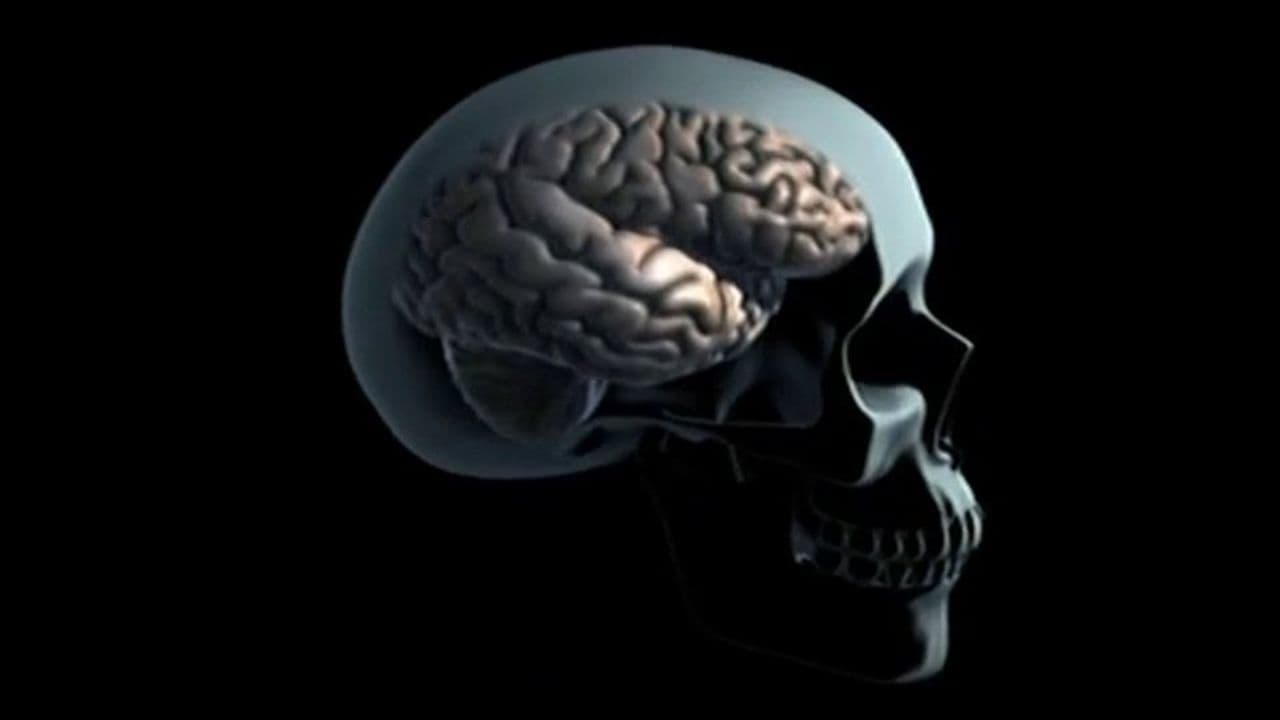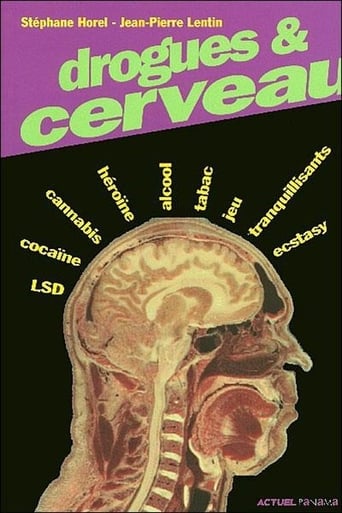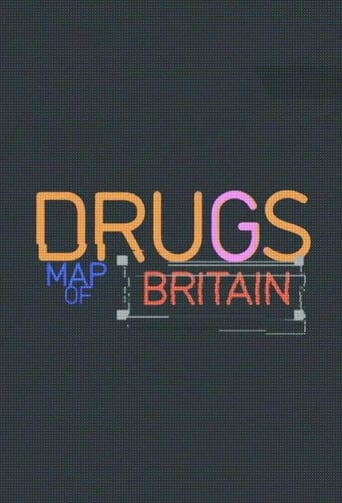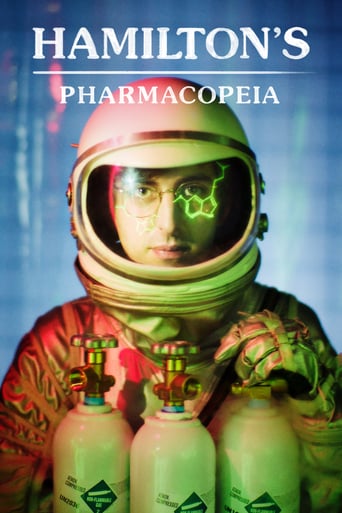Drugs and Brain Season 1

By studying the action of drugs on the brain, scientists penetrate the workings of human consciousness. A documentary series in which we discover, in five parts, that the study of the effect of drugs helps to understand the functioning of the brain.
Watch NowWith 30 Day Free Trial!
Drugs and Brain
2005
By studying the action of drugs on the brain, scientists penetrate the workings of human consciousness. A documentary series in which we discover, in five parts, that the study of the effect of drugs helps to understand the functioning of the brain.
Watch Trailer
Drugs and Brain Season 1 Full Episode Guide
It is well known now that nicotine is not the main reason why tobacco products are addictive. As for alcohol, several genes have now been identified for alcohol sensitivity. Tobacco and alcohol are the most widely used drugs in the world. It is well known now that nicotine is not the main reason why tobacco products are addictive. Tobacco smoke contains over four thousand other addictive chemicals. As for alcohol, scientists have nicknamed it the "dirty drug". It creeps into dozens of circuits of the brain and causes considerable damage. Several genes have now been identified for alcohol sensitivity.
The effects of cannabis use on the brain have only recently been identified and understood. While observing the mechanisms of action of cannabis, scientists discovered a system which nobody had ever suspected. Their findings are still little known to the general public but may lead us to make deep changes in the way we consider cannabis. They could open up new approaches to the treatment of pain, obesity, anxiety or even multiple sclerosis.
Hallucinogenic plants may be the oldest drugs in the world, and were probably used in rituals during prehistoric times. In the 20th century, LSD and ecstasy became the hallucinogens of choice. This program recounts how science has gradually become aware of the properties of hallucinogens, both natural and synthetic. It also provides a detailed look at the effects of such substances on the brain. Peyote, mushrooms, ayahuasca vine, iboga and yohimbe bark, belladonna flower, and even animal-produced chemicals like bufotenin—secreted from toad skin—are explored in detail.
Like an avenue filled with neon signs, the brain's so-called pleasure pathway can light up or go dark, depending on what sort of stimulation it receives. This program explores the workings of the human nerve center under the influence of cocaine, amphetamines, and other stimulants, and shows how our understanding of brain disorders and drug addiction has increased by studying these drugs.
The human body manufactures its own painkillers to ensure survival when injured. This program shows how opium and its derivatives, heroin and morphine, hijack that natural pain-numbing ability. Illustrating the brain's ability to alter its own chemistry when attacked by drugs, the program depicts the process by which brain receptors become desensitized and thus addicted. Tranquilizers - and the potentially lifelong physical dependency and psychological problems they can cause - are also studied.
Free Trial Channels
Seasons




































